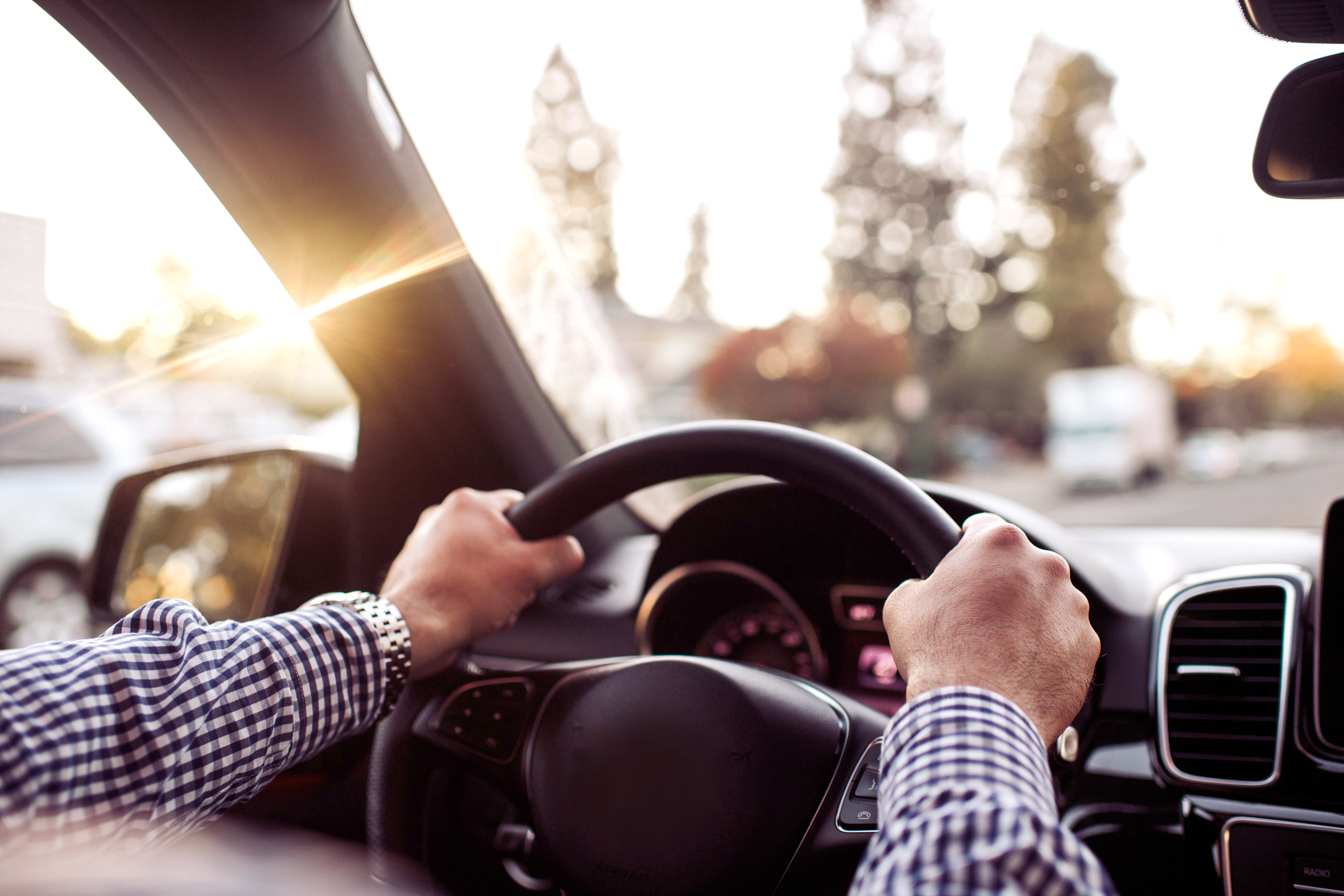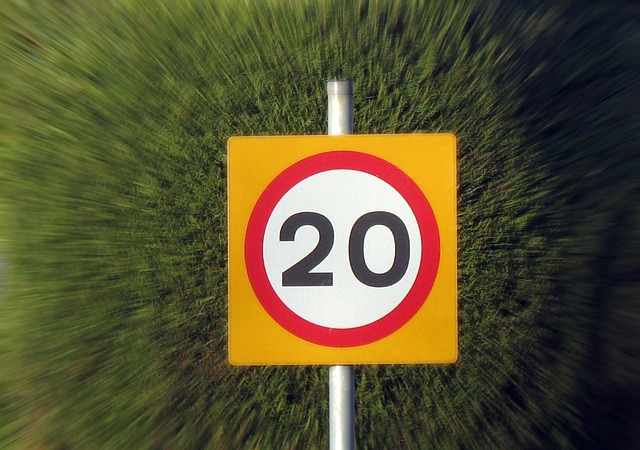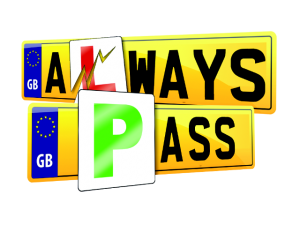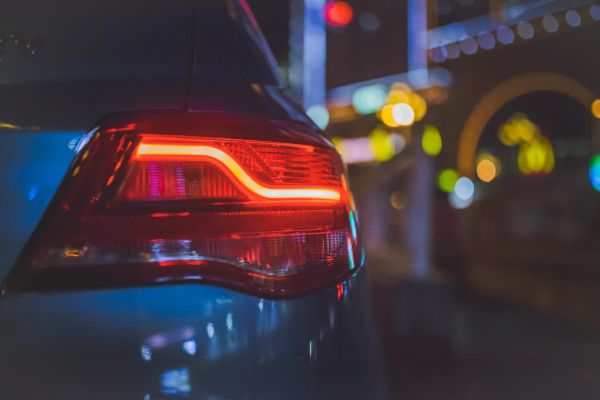
Top 10 reasons people fail their test
Pass With Us!
Here at Always Pass we have a good first time pass rate, as we make sure our learners are well prepared for their test. The driving test is difficult to pass, you have to be a good driver to pass. It wouldn’t be worth having a test if it wasn’t tricky! It’s there to ensure only good drivers are allowed out on the road. The DVSA have published a guide showing the top ten reasons people fail their test. It’s worth being aware of them so you can ensure you’re not falling into any of these common faults.
Not making effective observations at junctions
This is the top reason people fail. It seems so simple, we all know to be safe we have to make sure we’ve checked before exiting a junction, but it’s not just learner drivers that are failing to check properly. Unfortunately drivers failing to check properly was a factor in 37% of all reported accidents in 2019.
This fault encompasses failing to judge the speed of an approaching vehicle. Turning onto a road or roundabout if you’ve made the correct observations but think a gap is big enough to pull out, but you cause an approaching car to slow you will get this fault. You will also get it if you look too late when emerging from a junction, or not looking properly when joining a dual carriageway.
Not using mirrors correctly when changing direction
We know you have to use the mirror – signal – manoeuvre routine whenever you intend to change direction. You also need to check your mirrors if you need to change speed. Forgetting to check your mirrors could cause an accident, you should always be looking for bikes and other vehicles when you change direction.


Not having proper control of the steering
This sounds a bit daft – of course you need to have control of your car to pass your test! But 1 in 10 accidents in Great Britain in 2019 were caused by drivers making a poor turn. This could be cutting the corner when turning into a road, or turning too late. You could be steering too late when moving past parked cars. This would mean you’re too close to the cars and could hit them.
Incorrect positioning when turning right at junctions
If you’re turning right you need to leave enough room for other cars to pass you on the left hand side. If you’re turning right at a roundabout you need to be in the right lane so other traffic knows where you’re going.
Not moving off safely
When pulling away you have to check your blind spot, and check behind your car. It’s important to check it’s safe to pull away. You should get into a routine of checking before you move every time, so you don’t fail your test this way, or worse cause an accident.
Not responding appropriately to traffic lights
Obviously if you go through a red light you will fail your test, and could cause an accident. There is more to this fault though. You have to stop at the correct white line, the junction could have a line for cyclists, and you have to give them room. You also have to react correctly to a green light, it’s no good being too hesitant at a green light, or just going through if the light is green but the junction isn’t clear. You need to apply a little common sense when going through a light controlled junction. In 2019 there were 1,308 reported accidents caused by drivers disobeying traffic lights.
Poor positioning on the road during normal driving
When you’re driving you shouldn’t cross the white line in the centre unless you have checked it’s safe and signalled your intention. You should not be driving too close to the curb either. You’re aiming to drive in the centre of your lane. If you’re on a dual carriageway you need to be in the left lane unless you’re overtaking or turning right. You should always aim to be in the left lane.


Not responding correctly to traffic signs
Speed limits, bus lanes, stop and no entry signs are there for a reason. You have to obey these signs. This is why you have to pass your theory test before you take the practical driving test, to prove you understand what these signs mean.
Not having control of the vehicle when moving off
When moving off you need to be able to drive without stalling or rolling back if you’re on a hill. You need to make sure you’re in the correct gear and have proper control of your vehicle. It sounds so simple, but if you’re nervous it can be easy to be flustered and stall or forget to check you’re in first gear before moving off. You will achieve this with plenty of practice. A mock test should help you to sort problems like this out before you take your test.
Not keeping control of the vehicle during reverse parking
Whether you’re parking in a bay or a parallel park you need to complete the manoeuvre without hitting the curb and have control of the car at all times. It might feel like a trivial thing, but in the rest of your driving life you’ll need to be able to park your car.
Pass with us!
As you can see there are a lot of ways to fail the test, but don’t give up! We focus on passing your test. With comprehensive lessons, mock tests and plenty of support you’ll soon pass your test. Passing a difficult test should give you the confidence that you’re a good driver for years to come.




Recent Comments